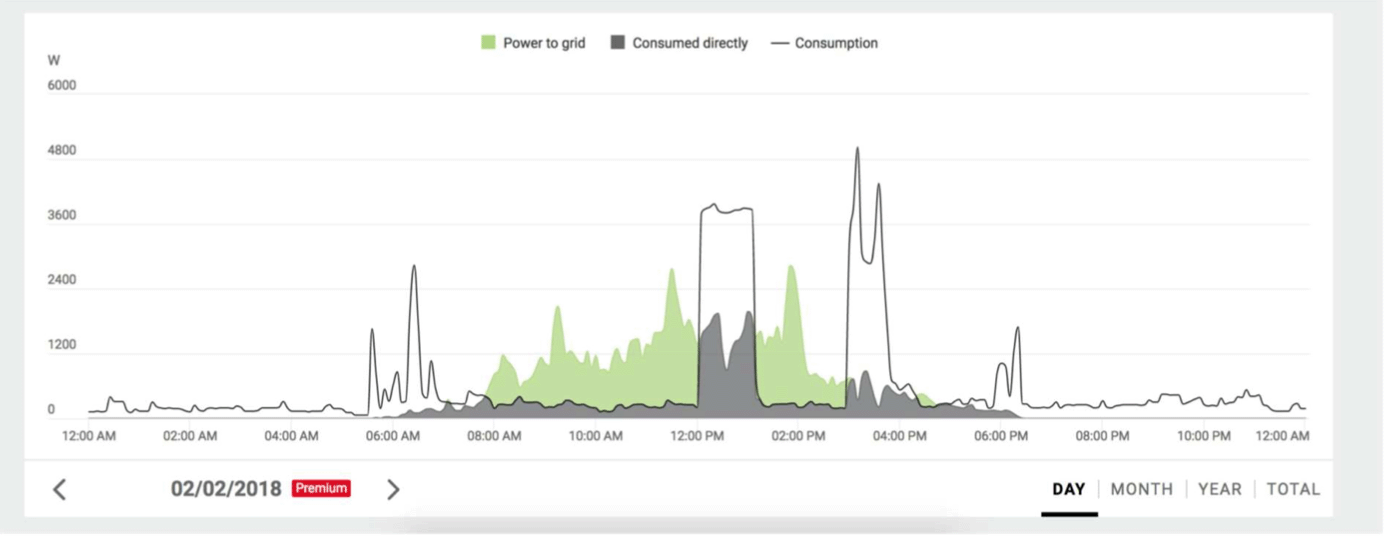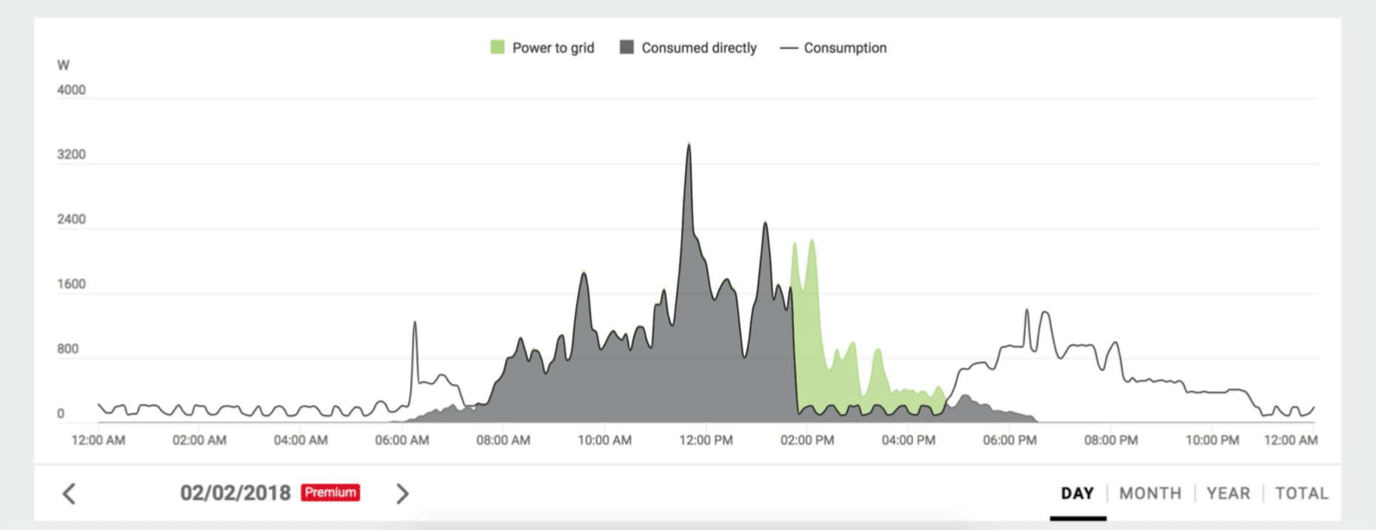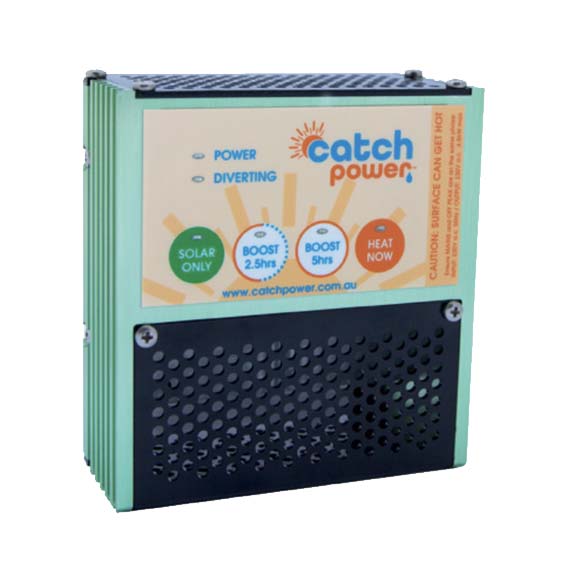Using a Timer Versus using CATCH Power Diverter
November 30, 2022
In many cases, an installer will offer the owner of a house and new solar installation the option to install a timer to use surplus solar during the time of day with the most production to offset hot water.
A separate technical note (Timer Vs CATCH) was written some time ago. However, we have a new graphical representation of what the two options look like on those days when the solar is not perfect. These are the most common types of days experienced in coastal Australia. There will be perfect sunny days, and there will be rainy days that have very poor solar conditions, but mostly the sun is out, and clouds pass by to varying degrees of cover.
It is in these conditions that CATCH really stands out as the only sensible option to use. The amount of surplus solar available could vary due to household loads fluctuating. However, mostly it will be due to the availability of sunlight.
Below is a graph from Fronius Solar Web that shows a partly cloudy day in February 2018. This system is in the Brisbane area. The hot water solution for this home is a timer, which has been programmed to come on between midday and 2 pm.

From this site, it is clear that only one-third of the required energy has come from the available solar, yet throughout the day (green area), there has been solar exported to the grid. The majority of the energy to heat this hot water tank has come from mains power.
The following graph is of another system on the same day. The solar production is variable but with Green CATCH installed.

It is visible how CATCH has followed the solar production perfectly and only used solar that has been surplus to the needs of the house. As a result, the hot water successfully reached the thermostat cut-off at 2 pm.
It is important to note that when a timer is installed, the house can no longer use off-peak as an alternate energy source when there is no surplus solar to heat the water. In addition, solar is an imperfect energy source, so there will be gaps in energy delivery due to poor weather. In these times, it is best to source this energy from the next cheapest rate available, off-peak.
It is worth noting that some jurisdictions do not allow two tariffs to be connected to CATCH. This is just a ruling and does not reflect how CATCH works.





